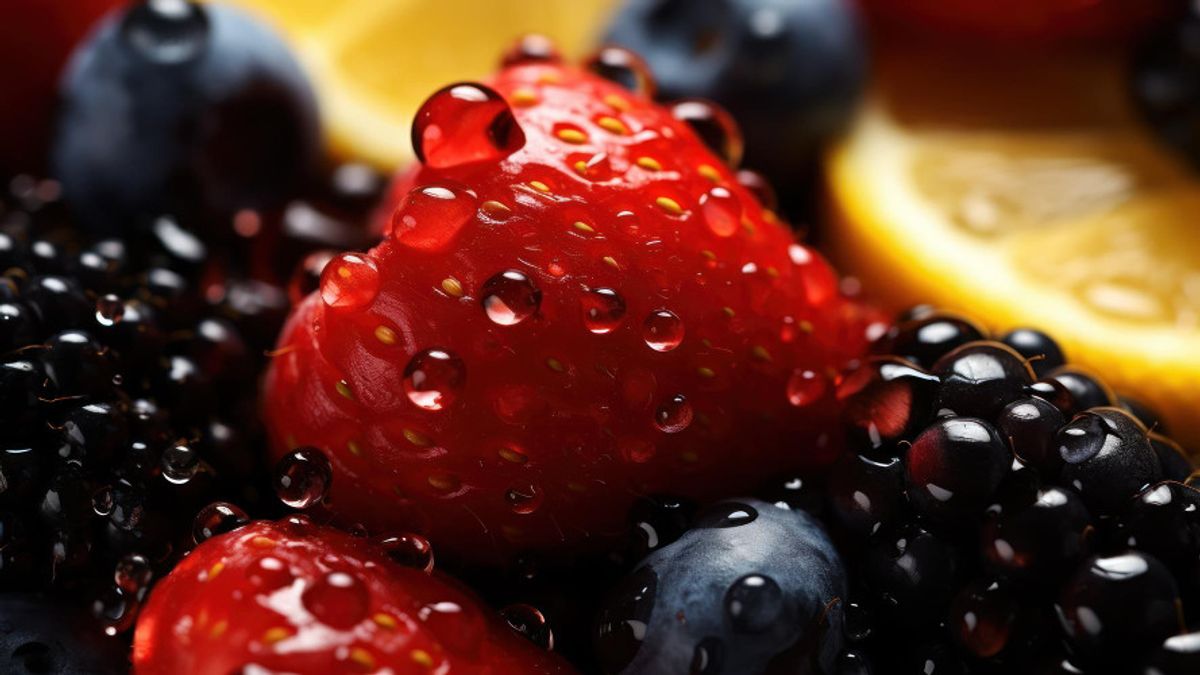YOGYAKARTA - The oligosakaride is a group of carbohydrates consisting of two to ten monosocidal units bound to each other by glycocydic bonds. As part of a family of carbohydrates, the oligosakaride plays an important role in various biological functions, ranging from providing energy to playing a role in cellular recognition.
But one of the common questions that arises is, "Are the oligoscarides soluble in water?" To answer this question, we need to understand the chemical characteristics of the oligosakarides and how they interact with water, which is a polar solvent.
Oligosakarides can be dissolved in water. Oligosakarides are polymers of monosocidals with a polymerization rate of between 3 and 10. Both oligosakarides and simple monosocides have a sweet taste and soluble nature in water, so they are often referred to as sugar.
The oligosacicide, like other carbohydrates, consists of carbon, hydrogen, and oxygen atoms that form a simple sugar chain. The basic unit of the oligosakaride is monosocidal, such as glucose, galactosa, or fructose. The content is simple sugar with a general formula (CH2O)n, where n is usually 3-7.
Since oligosacicides are carbohydrates with prominent hydroxyl (-OH) clusters, they have affinity to water. These hydroxyl clusters are polar, meaning they can form hydrogen bonds with water molecules. This is the main reason why most oligoscarides tend to dissolve in water.
However, not all oligosakarides have the same level of solubility. Their solubility is influenced by several factors, including the length of the oligosakaride chain, the type of glycocydic bonding, and the chemical configuration of the monosocidal compiler.
The oligosacides have several characteristics, including:
When the oligosacides are dissolved in water, the water molecules will circle the oligosocides molecule. The hydroxyl clumps in the oligosakaride will form hydrogen bonds with water molecules, which help separate and disperse oligosacide molecules in the solvent.
The more hydroxyl clusters are available to interact with water, the higher the solubility. The oligosakarides with short chains, such as disakarides (for example, sucrose and lactose), are generally more easily dissolved in water than oligosacicides with longer chains.
This is because molecules of smaller size have a greater ability to interact with water and form hydrogen bonds. For example, sucrose, which is a disakaride, is very easily dissolved in water. This is due to the polar hydroxyl cluster present in sucrose, which easily attracts water molecules and forms hydrogen bonds.
On the other hand, some more complex oligoscarides may require higher temperatures to dissolve well, as larger structures reduce direct interaction with water molecules.
BACA JUGA:
That's a review of whether oligosakaride is dissolved in water? The answer is yes, oligosakarides are generally dissolved in water even though the level of solubility can vary depending on the chemical structure. The ability of oligosakarides to dissolve in water makes it an ingredient in the food and health industry. Also read 5 chemicals that are common in facial care products.
Stay up to date with the latest domestic and other overseas news on VOI. We present the latest and updated information nationally and internationally.
The English, Chinese, Japanese, Arabic, and French versions are automatically generated by the AI. So there may still be inaccuracies in translating, please always see Indonesian as our main language. (system supported by DigitalSiber.id)















